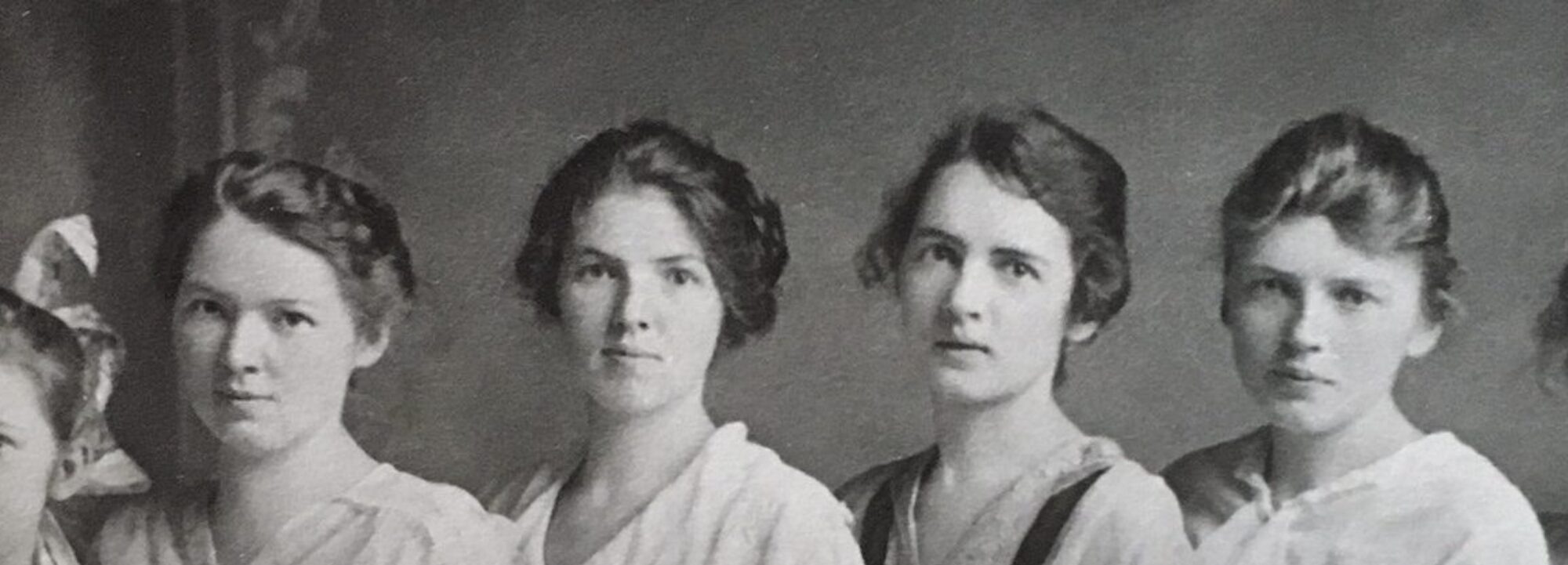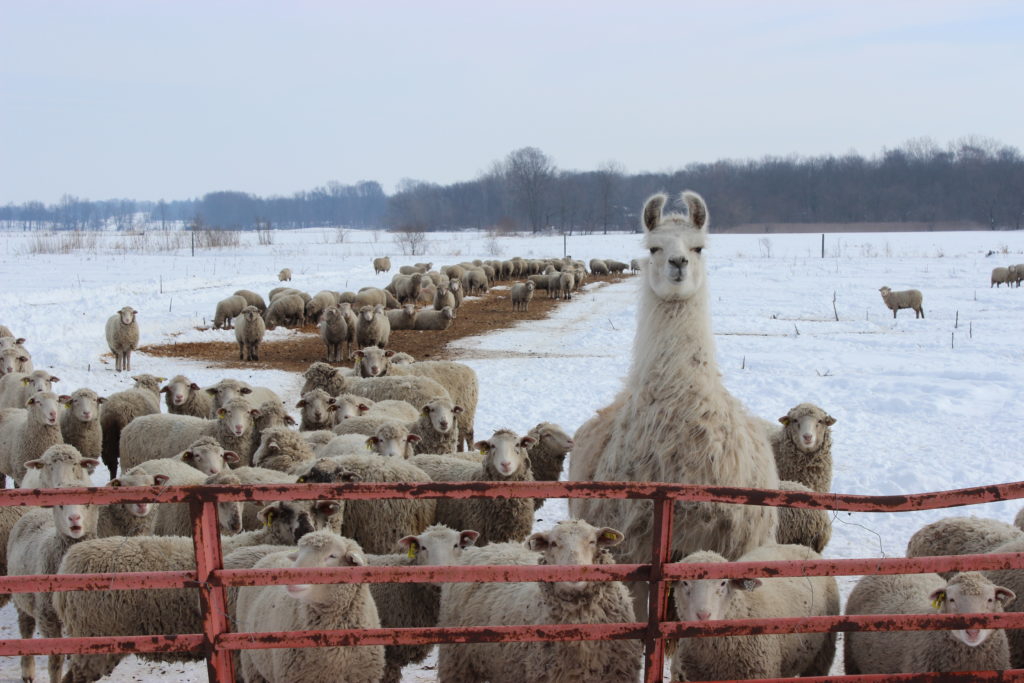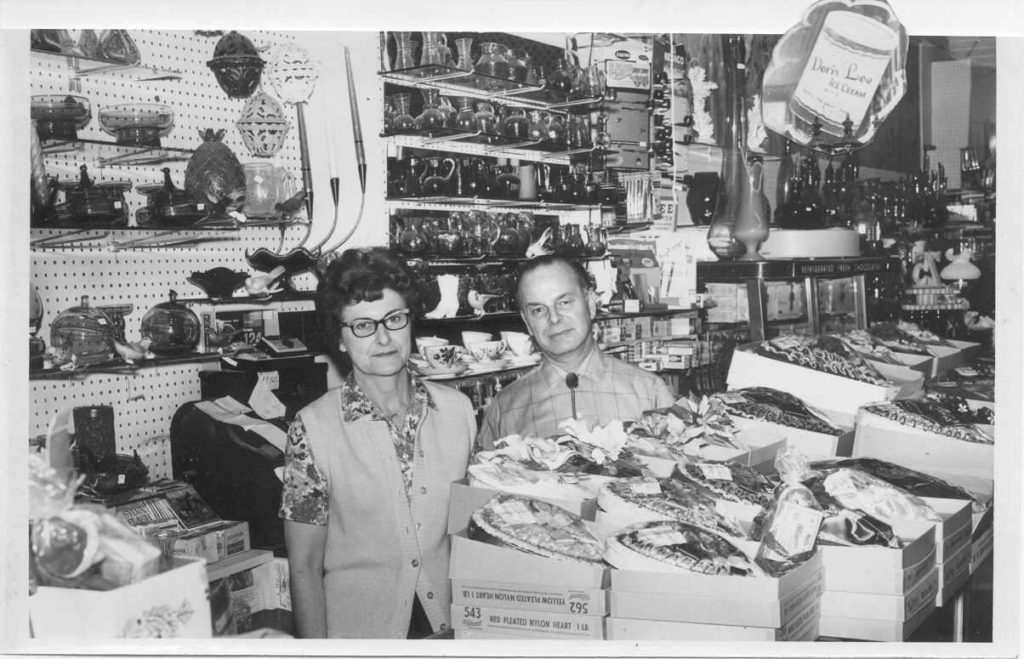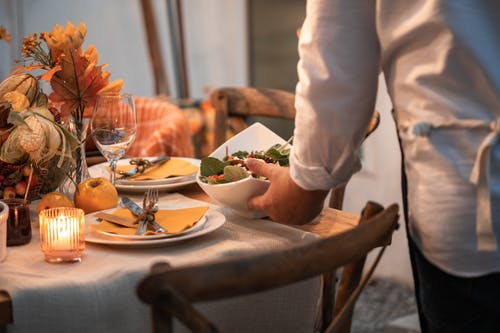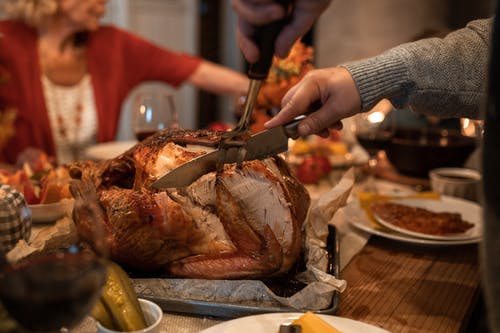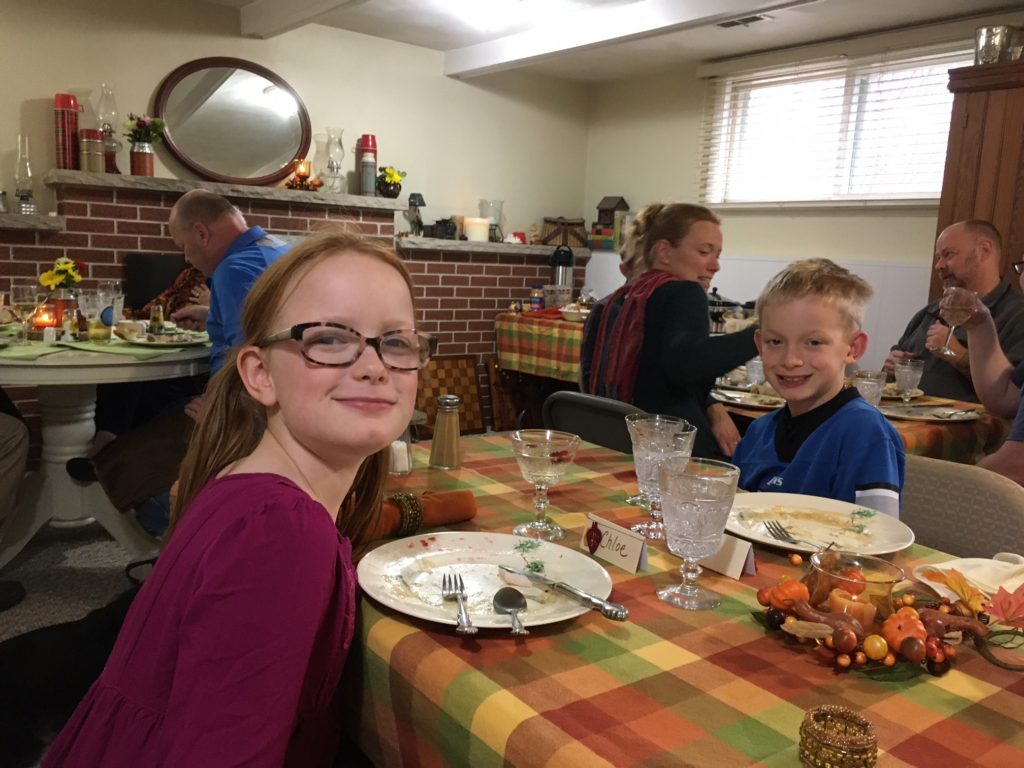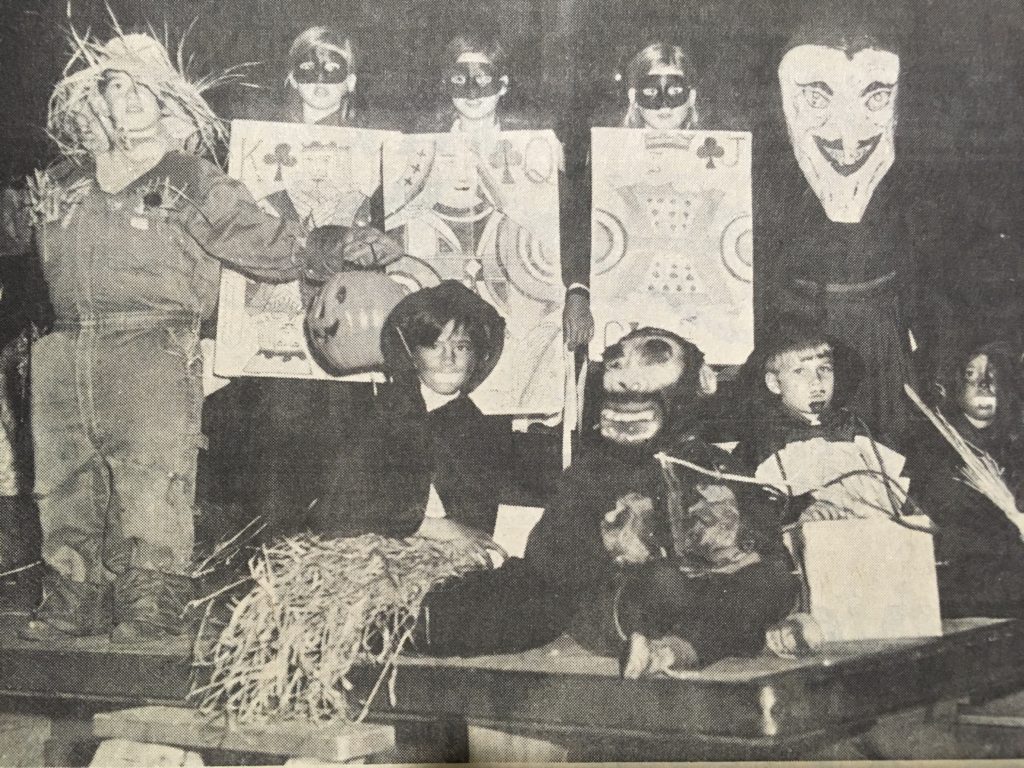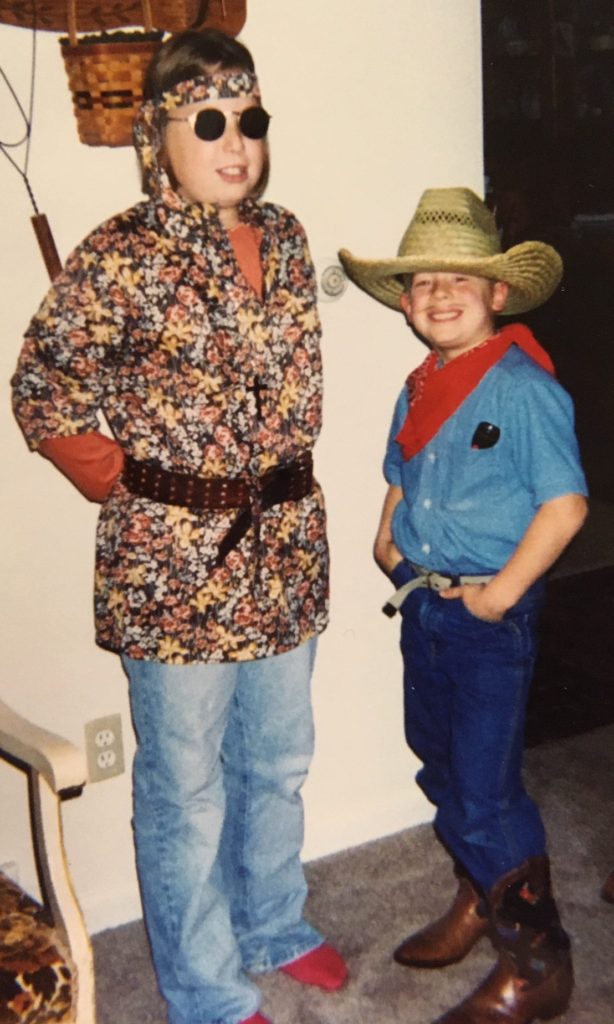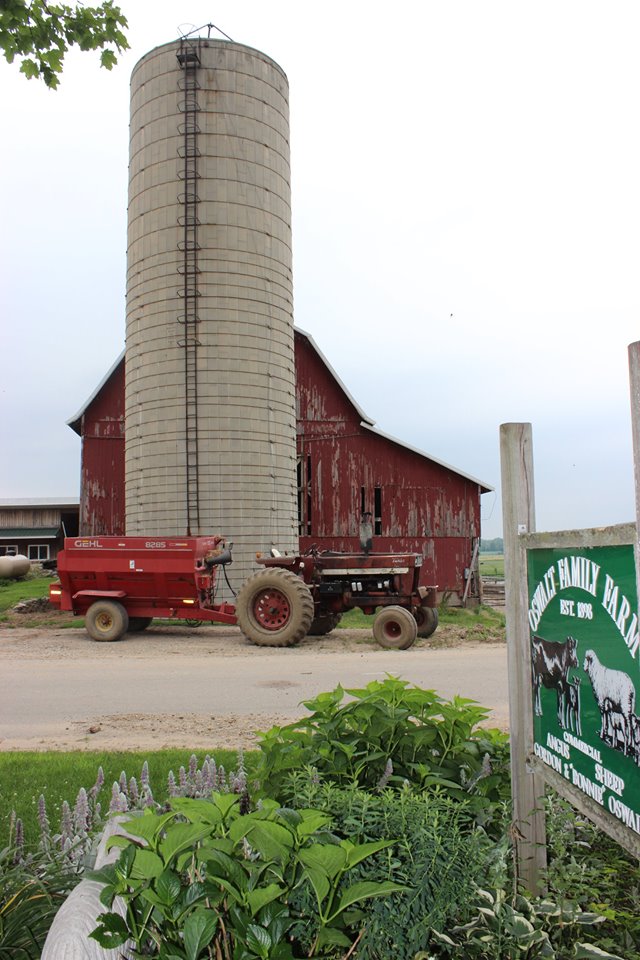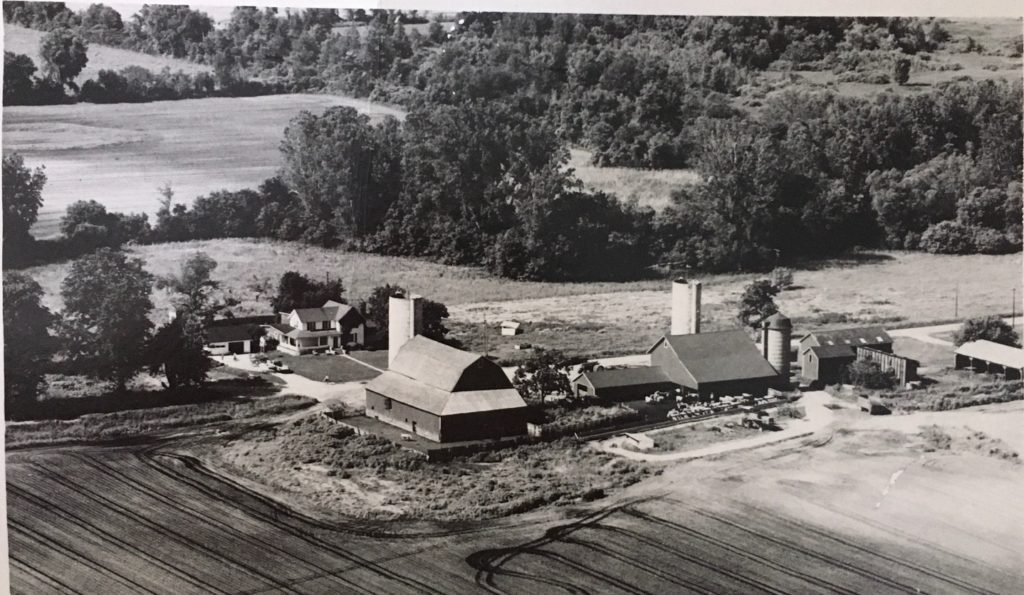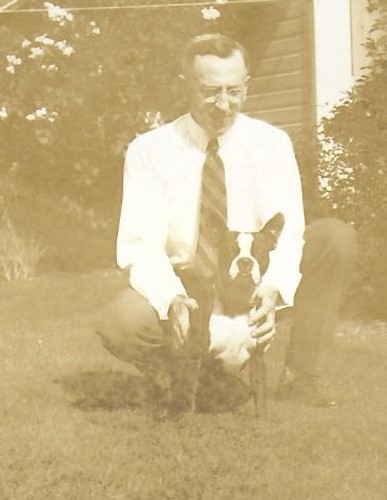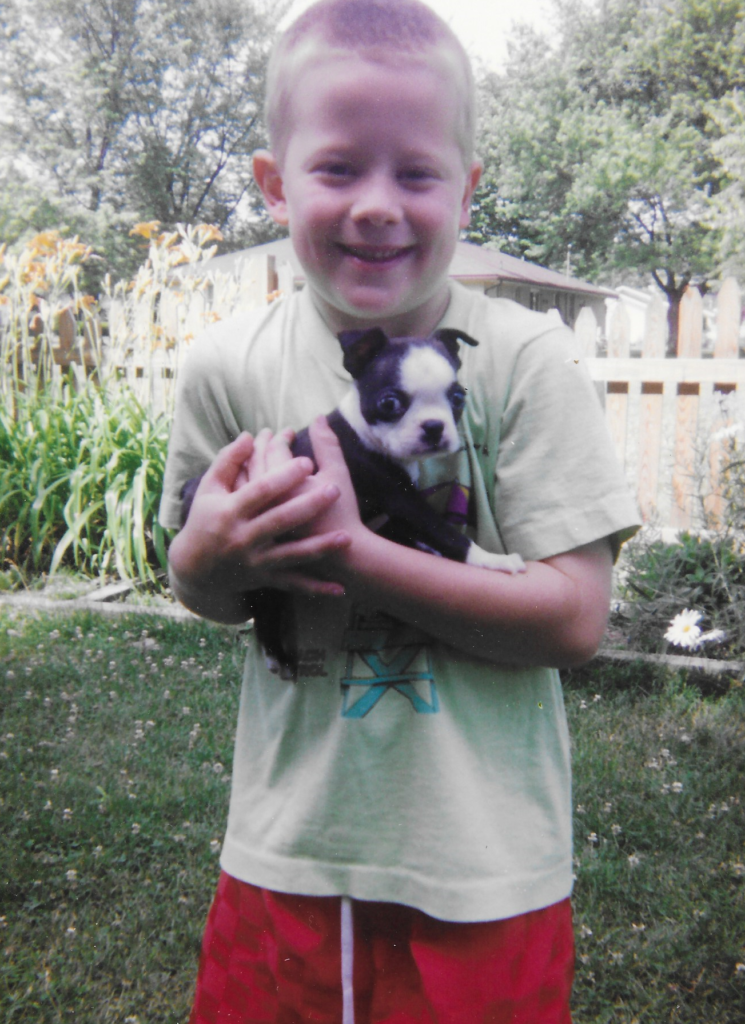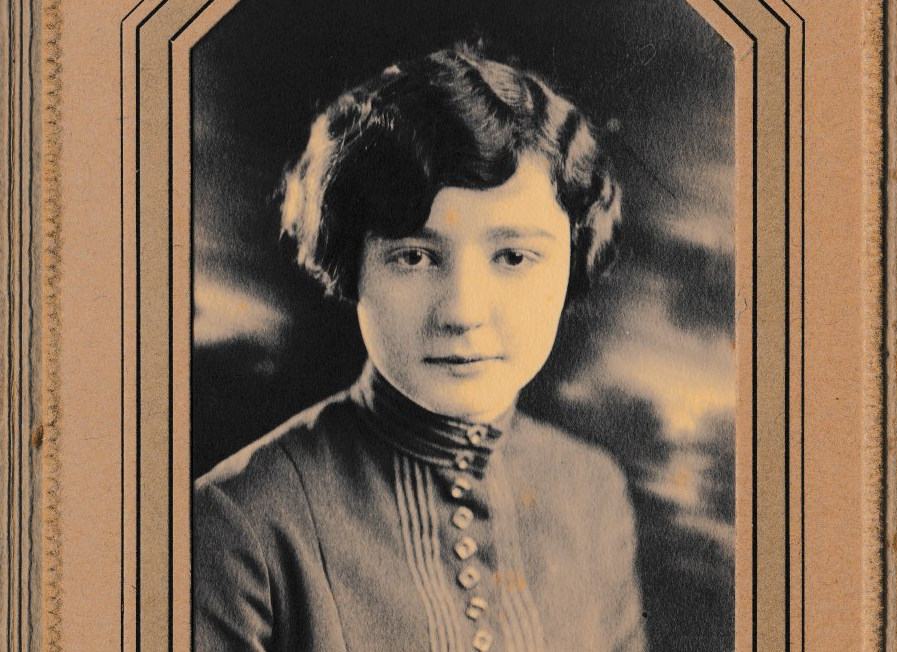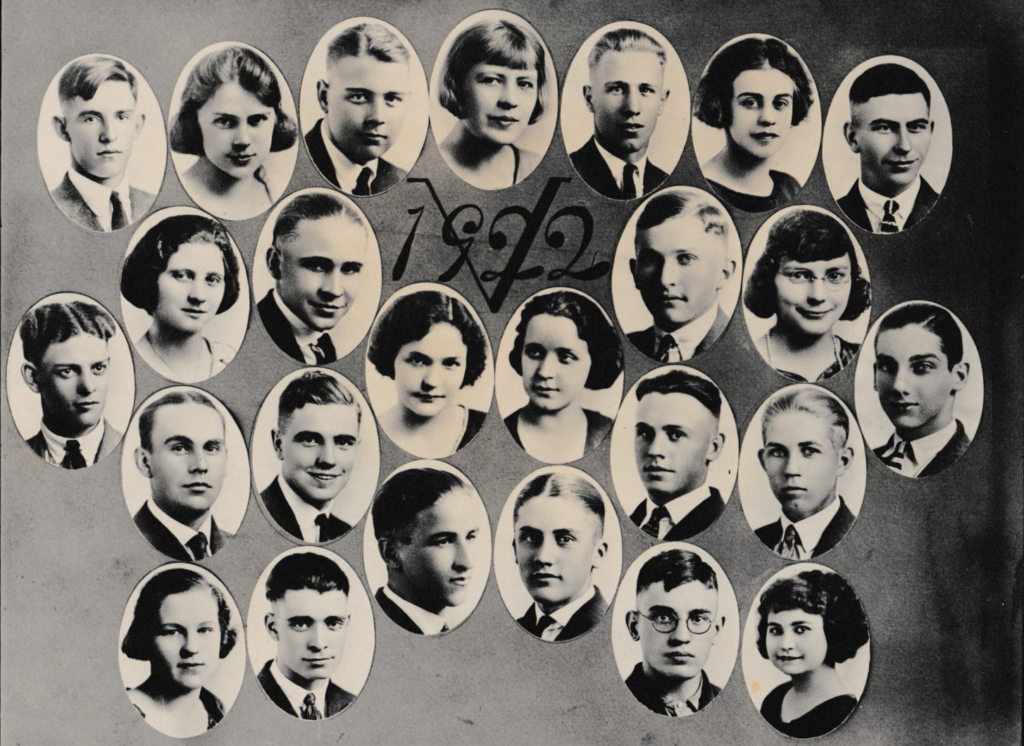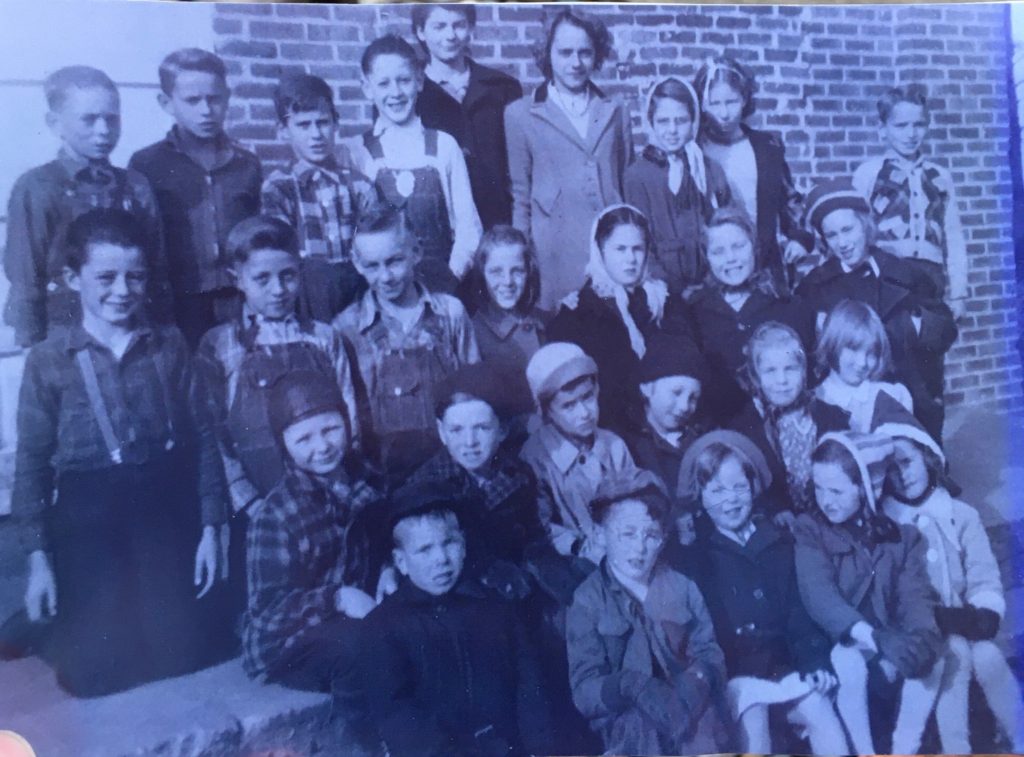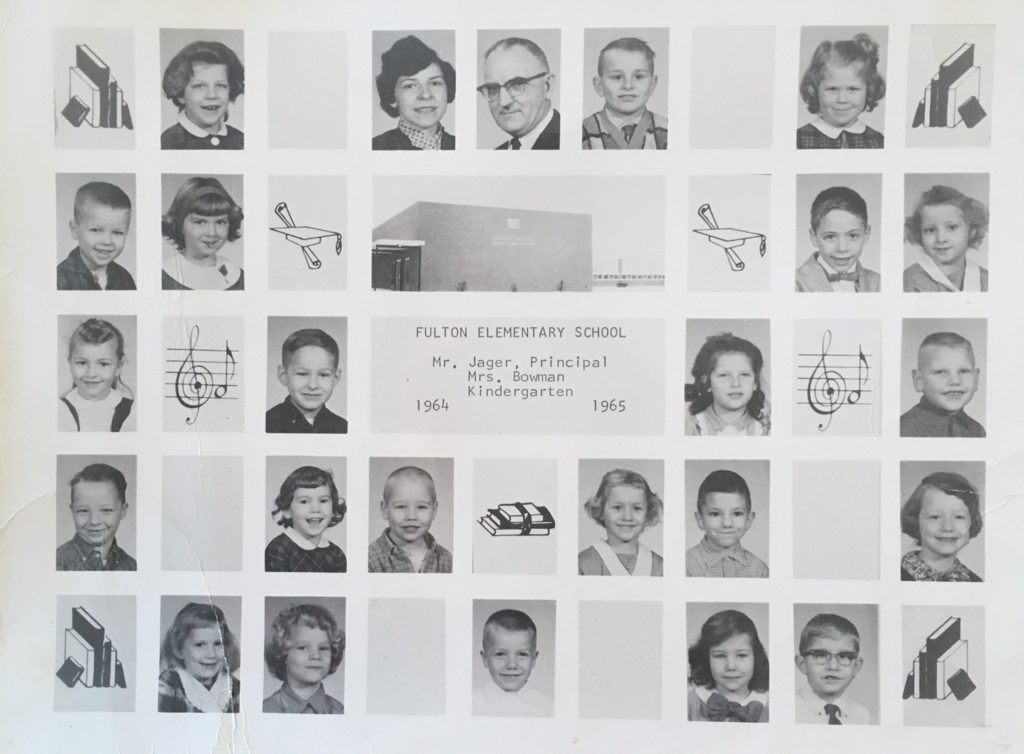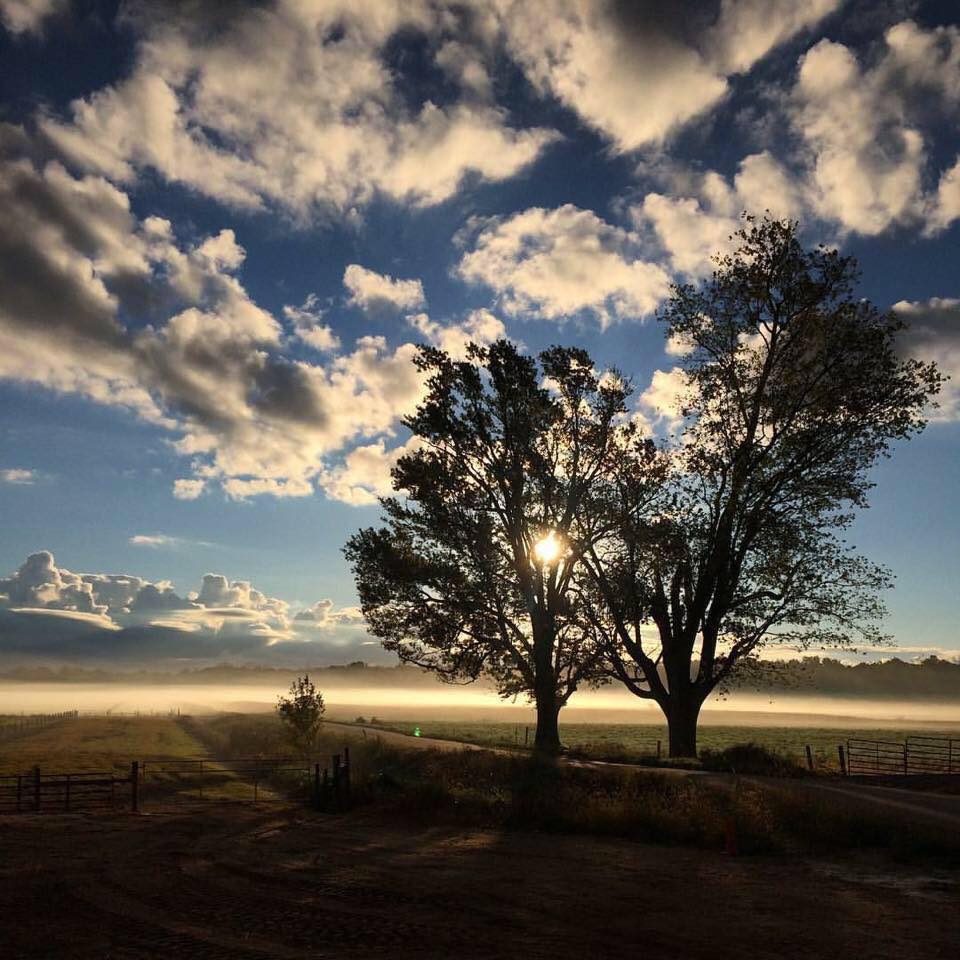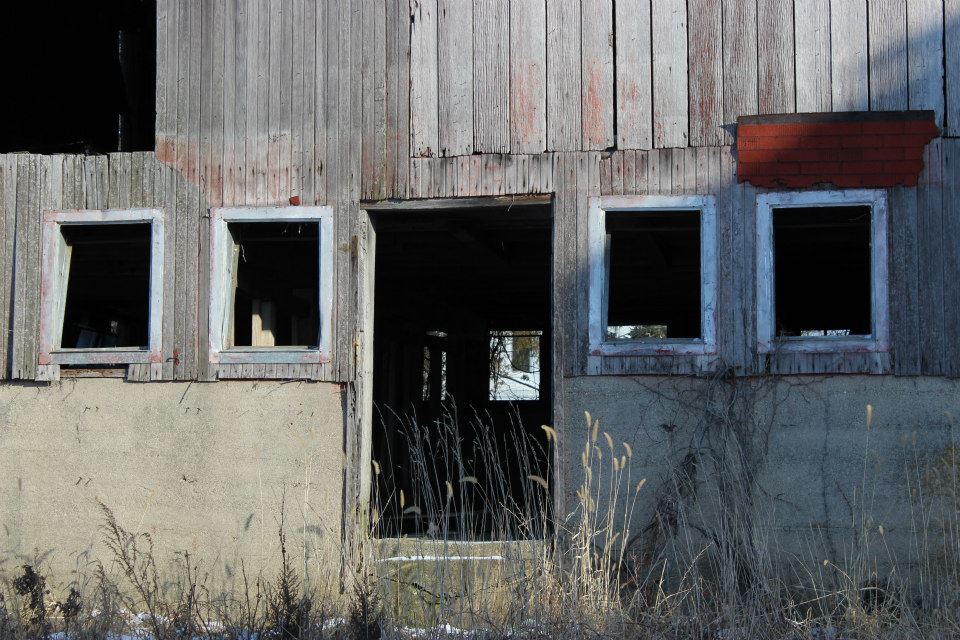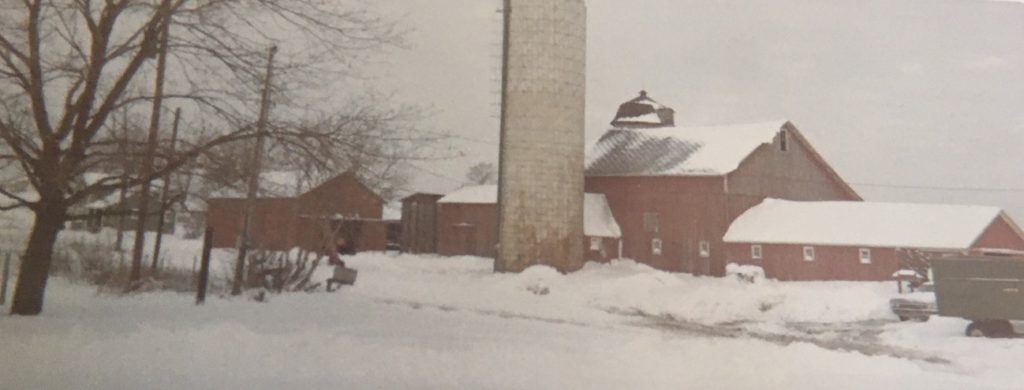
As we anticipate the eventual winter storms, I maintain a well-stocked pantry: I learned the importance of preparation from my mother who was raising four of the five of us when the blizzard of 1967 caught many in Michigan by surprise. My parents listened to the radio for most of their news during the 1960s: WKZO radio, AM 590. I can still hear the sports roundup music, Carl Collin’s voice for the noon farm reports, the advertising jingle for Be-Mo potato chips. I’m sure my mom was working in the kitchen and listening to the morning shows when it was announced that area schools were closing: Winds had increased and a blizzard had begun.
Mr. Jager, Fulton Elementary School’s principal, entered my second-grade classroom, announcing we would be going home. We shut our workbooks, pushed them into our desks, and found our boots and snow gear. The sky was dark, the snow coming sideways.
I rode home with my grandmother, who taught fourth grade in my building. Her white Thunderbird thumped and bumped through the quickly drifting roads; as the wind howled and the snow swirled, I struggled to see the houses and farms on the familiar route towards home. Each time the wind gusts increased, all my landmarks disappeared. I wasn’t frightened, but I also didn’t converse with Grandma whose gloved hands tightly gripped the wheel.
Once safely home, the storm increased its rage. We were snowed in for a week. The wind blew for several days, forming huge drifts which swept upwards to the roof of the old garage, covering our back porch. From the front window we watched Dad work his way through the snow, cross the road, and enter the cattle barn to check the water and feed the animals. At that time, all the feeding was done inside and mostly by hand. The barn was cozy and warm with glossy-eyed steers jostling for position. Many days I accompanied Dad for evening chores, so I knew exactly what he was doing: He would remove his heavy coat, climb the inside silo chute, and shovel the silage to the wooden cart below. He then pushed the cart down the center aisle, filling the troughs as he went. He would repeat this process at least four or five times. I knew he was safe, but I was still relieved when the door closed, and he was back with us again.
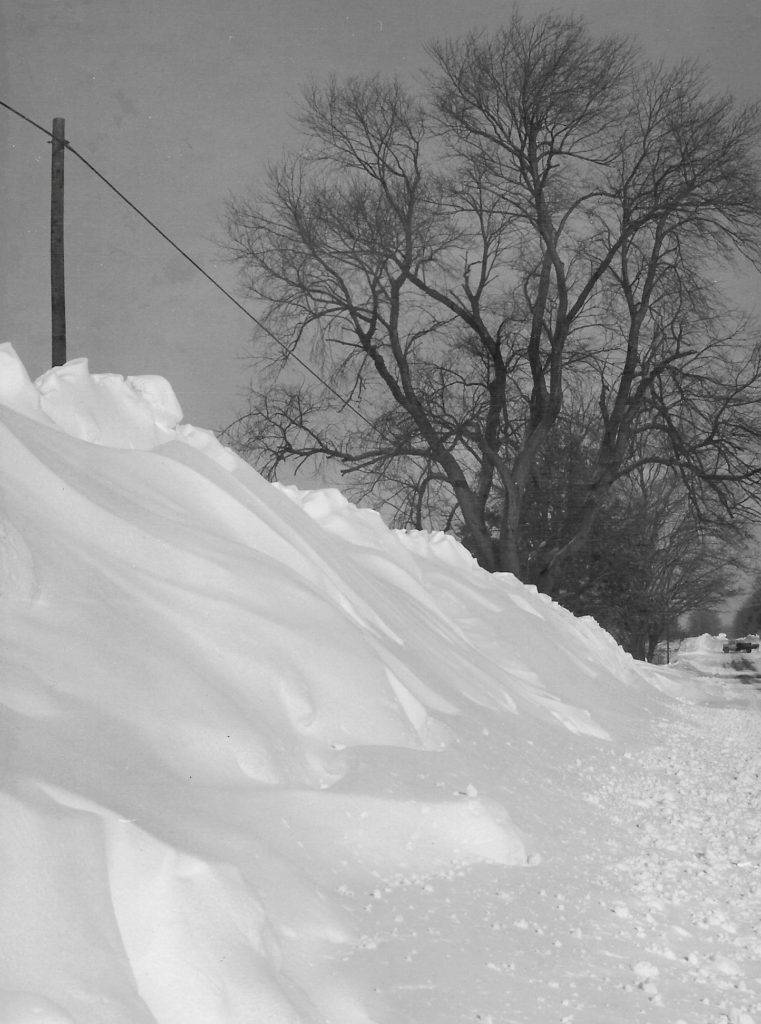
Mom cooked and cooked, filling us with warm soups, casseroles, or scrambled eggs and toast. She organized and patiently supervised our activities: We played lots of games, worked jigsaw puzzles, rediscovered toys, and read books. And when the winds finally subsided, we ventured out into a transformed world – a white wonderland full of opportunities for tunneling and discovery.
There have been other blizzards since, but none quite as memorable as that storm from my childhood. As long as my friends and family are off the roads, I do love a snowstorm and find comfort in my cupboard’s inventory. And as we watch the weather reports, I look forward to the gift of time to cook, care for my family and rediscover the beauty of a winter storm.
It’s a Fine Life
As an Amazon Associate, I earn from qualifying purchases.
Check out my first book, self-published on Amazon. It includes my first 20 columns featured in The South County News.

I have read Laura Ingalls Wilder’s The Long Winter several times since 4th grade. I still find it an amazing story.

